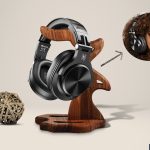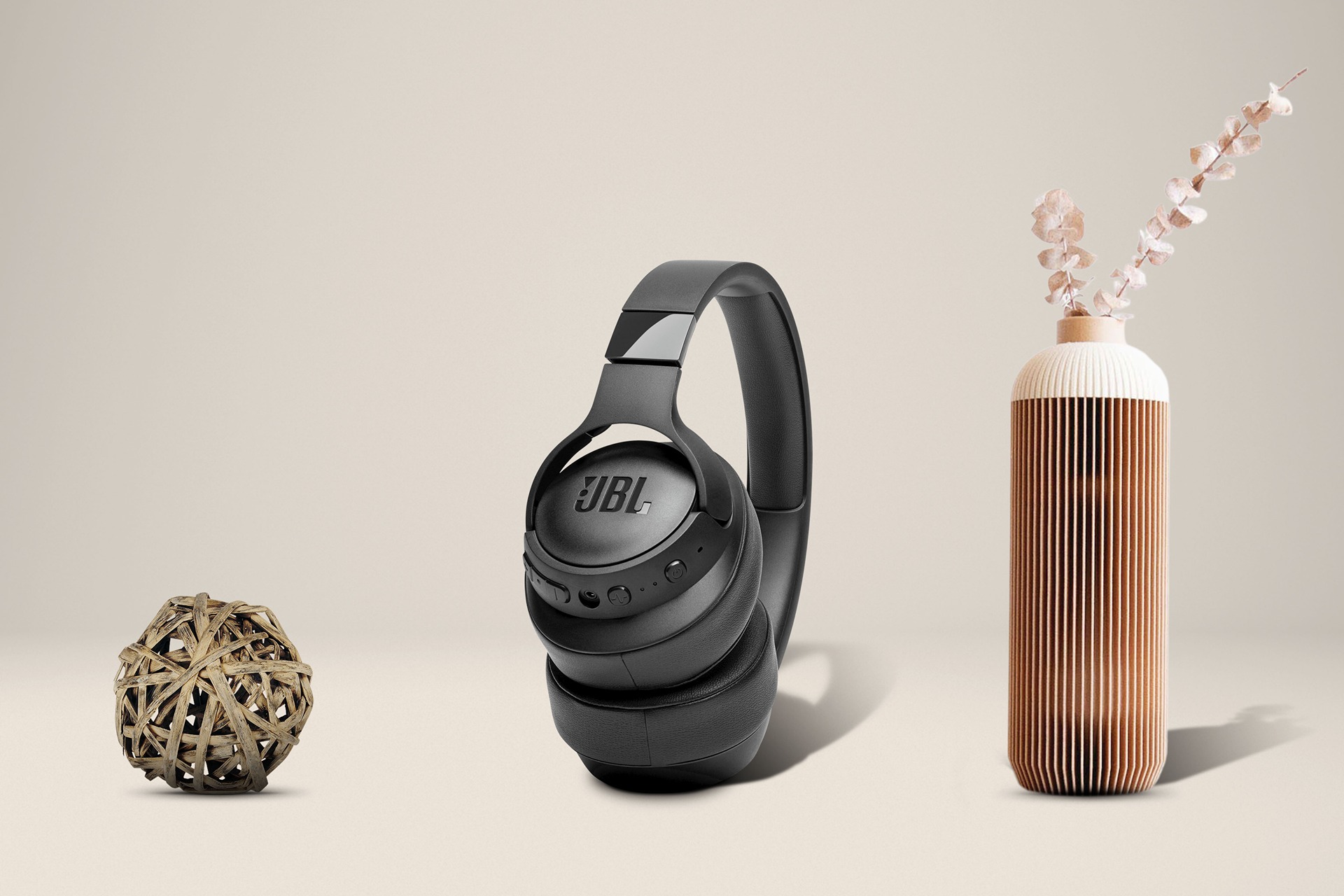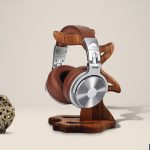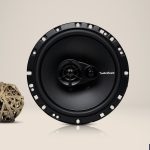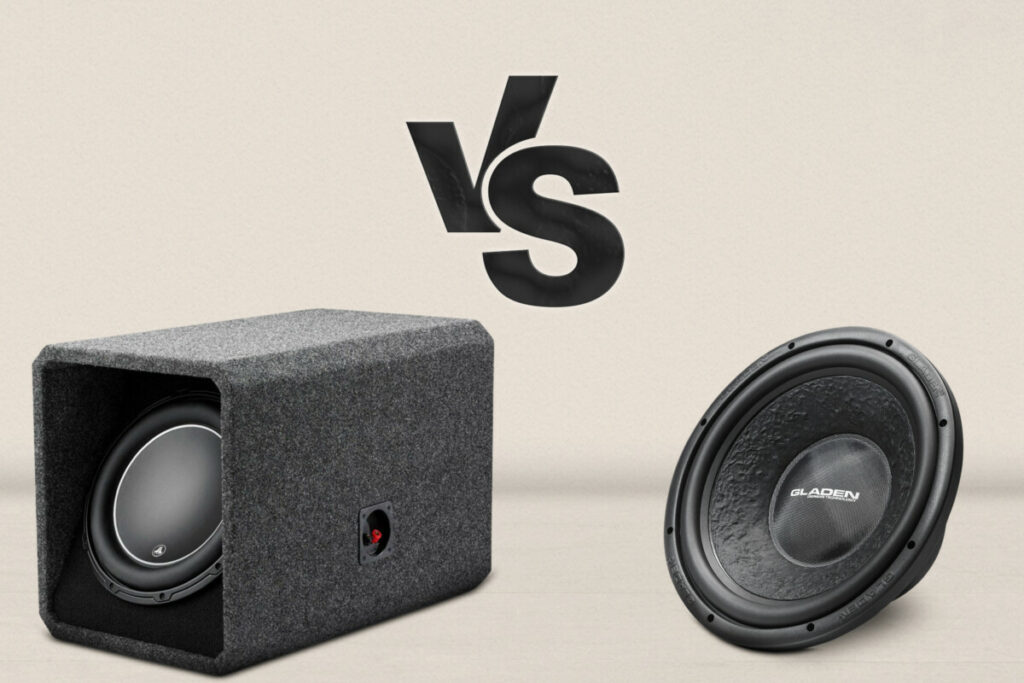
When it comes to sound quality and bass reproduction, the choice of subwoofer is an important decision. Enclosed subwoofers and free air subwoofers are two popular types that offer diferent benefits in terms of instalation and performance.
In this guide, we will explore the key differences between these two types of subwoofers so you can make an informed decision when choosing a system for your car or home audio setup.
Overview Of Enclosed And Free Air Subwoofers
An enclosed subwoofer is a sealed enclosure with a driver mounted inside. Enclosures are designed to help the woofer reproduce sound more eficiently, creating deeper and tighter bass.
Enclosed subwoofers also have an amplifier mounted on them, which alows for greater control over the sound quality of the bassand these subwoofers are typicaly used in car audio systems and require less power than their free air counterparts.
Free air subwoofers are installed in ported or open-air enclosures, where no walls exist between the driver and the listening area.
Free air subs dont require an enclosure or specialized mounting hardware, making them ideal for use in limited space applications such as car trunks or boats. They also require less power than enclosed subwoofers, so they are a popular choice for those looking to keep their system power requirments low.
Still, you need to know that enclosed and free air subwoofers don’t enter into the categories of different types of subwoofers, as this is completely something else.
Enclosed Vs. Free Air Subwoofers: Main Differences
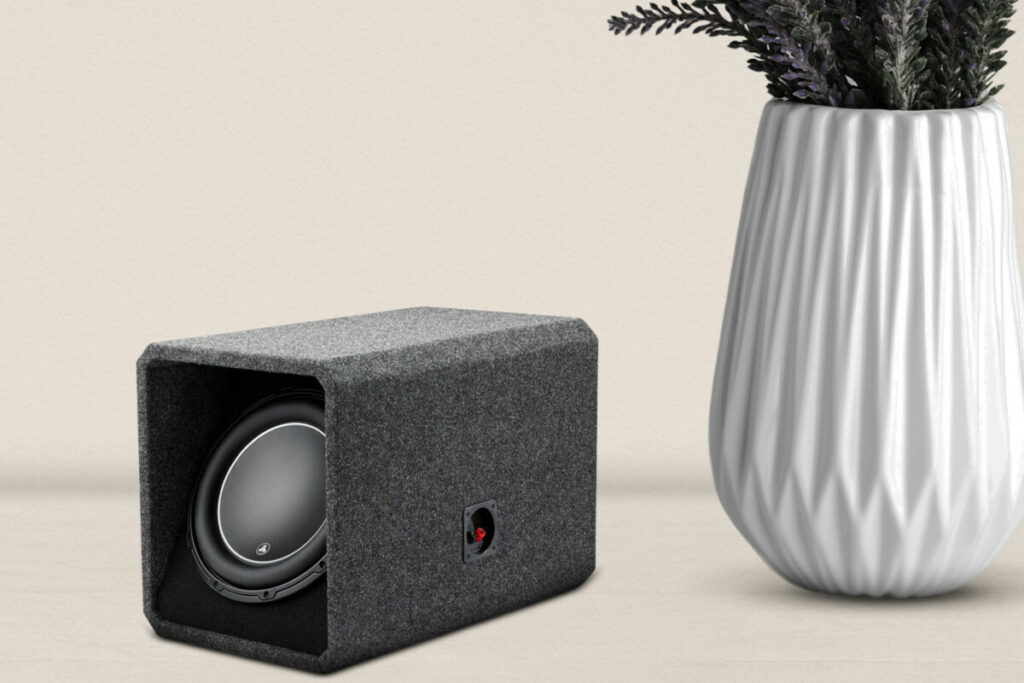
So, enclosed and free air subwoofers are two different types of subwoofers that are designed to produce low-frequency sound, or bass and choosing the right type of subwoofer for your system is an important decision that can greatly impact the overal sound quality overall.
Enclosed subwoofers are pre-installed in a box or enclosure, which helps to enhance the perfrmance of the subwoofer by providing an optimized air space and increased sound presure. The enclosure also serves to protect the subwoofer and keep it secure in place.
They are larger and more powerful than free air subwoofers, making them a popular choice for home theater systems, car audio systems, and other aplications that require high-quality bass reproduction.
Enclosed subwoofers typicaly have the following specifications:
Impedance: 4 ohms to 8 ohms
Power Handling: Ranges from 100 watts to 1,000 watts RMS (Root Mean Square)
Frequency Response: 20 Hz to 500 Hz
Sensitivity: Ranges from 80 dB to 92 dB
Voice Coil Diameter: 1.5 inches to 4 inches
Cone Material: Polypropylene, paper, or fiberglas
One of the main benefits of enclosed subwoofers is that they are optimized for a specific air space and volume, which helps to ensure consistent and accurate sound reproduction. The enclosure also helps to prevent sound distortion, reduce vibration, and increase the overall eficiency of the subwoofer. E
nclosed subwoofers are also generally easier to install than free air subwoofers, as they simply need to be connected to an amplifier and plugged into a power source.
Free air subwoofers, on the other hand, are designed to be instaled without a box or enclosure. Instead, they are mounted directly to a flat surface, such as the rear deck of a car or the floor of a boat.
This type of subwoofer is often chosen by those who are looking to save space or who have limited space available for installation. Free air subwoofers are typically smaler and more compact than enclosed subwoofers, making them ideal for vehicles, boats, and other applications where space is at a premium.
Free air subwoofers typically have the folowing specifications:
Impedance: 4 ohms to 8 ohms
Power Handling: Ranges from 50 wats to 500 watts RMS
Frequency Response: 20 Hz to 500 Hz
Sensitivity: Ranges from 82 dB to 90 dB
Voice Coil Diameter: 1.5 inches to 4 inches
Cone Material: Polypropylene, paper, or fiberglass
The key advantage of free air subwoofers is that they can be installed in tight or confined spaces where an enclosed subwoofer would not fit. They are also less expensive than enclosed subwoofers, making them an affordable option for those on a budget.
However, free air subwoofers require a bit more installation expertise and atention to detail, as they must be securely mounted to a flat surface and wired properly to ensure optimal performance.
In conclusion, the key differences between enclosed and free air subwoofers are their instalation requirements, the way they enhance sound performance, and their specifications.
When choosing between the two, its important to consider the specific requirements of your audio system, your personal preferences, and the amount of space you have available for instalation, which leads to another choice between active and passive subwoofers.
Pros And Cons In Enclosed And Free Air Subwoofers
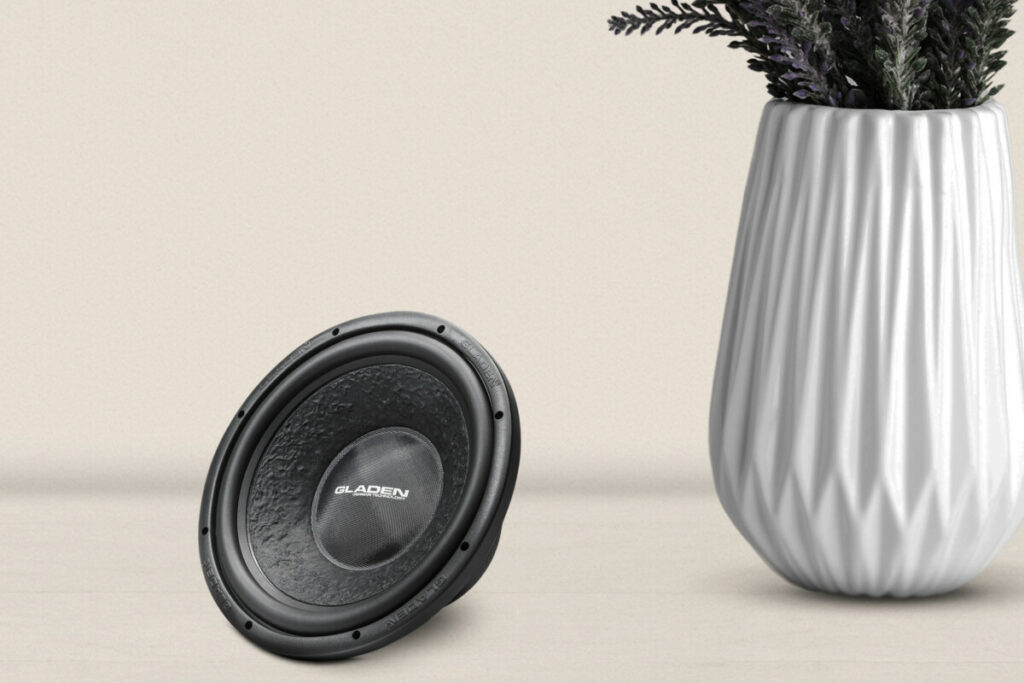
Now, as the last tjng I want to include in this article are the pros and cons about the enclosed and the free air subwoofers.
Enclosed Subwoofers:
First, let me get started with the enclosed subwoofers and their pros and cons!
Pros:
Enhanced Performance: Enclosed subwoofers are optimized for a specific air space and volume, which helps to ensure consistent and acurate sound reproduction.
Reduced Distortion: The enclosure helps to prevent sound distortion, reduce vibration, and increase the overall eficiency of the subwoofer.
Easy Installation: Enclosed subwoofers are generaly easier to install than free air subwoofers, as they simply need to be connected to an amplifier and pluged into a power source.
Protection: The enclosure also serves to protect the subwoofer and keep it secure in place.
Cons:
Limited Space: Enclosed subwoofers are typically larger and more powerful than free air subwoofers, so they may not be suitable for instalations where space is limited.
Cost: Enclosed subwoofers are generally more expensive than freeair subwoofers.
Free Air Subwoofers:
Now, lets get into the pros and cons you will find in free air subwoofers!
Pros:
Space–Saving: Free air subwoofers are designed to be instaled without a box or enclosure, so they are ideal for instalations where space is limited.
Cost–Effective: Free air subwoofers are typically less expensive than enclosed subwoofers, making them an affordable option for those on a budget.
Cons:
Installation Expertise: Free air subwoofers require a bit more installation expertise and attention to detail, as they must be securely mounted to a flat surface and wired properly to ensure optimal performance.
Reduced Performance: Without an enclosure, free air subwoofers may not perform as well as enclosed subwoofers, and they may be more prone to distortion and other sound quality issues.
Conclusion
So, the choice between enclosed and free air subwoofers is a critical one, and as you can see, there are different advantages and disadvantages in each one of them!
Yet again, you should make sure that the main thing to check out is the sound coming out of them, and then you are ready to choose between subwoofer phase 0 or 180.
Anyways, I hope this article provided you with everything you needed to know. Good luck!
Sound Artist
I’m a Sound Artist creating immersive sonic experiences. I turn everyday objects into music, turning the mundane into something marvellous!

